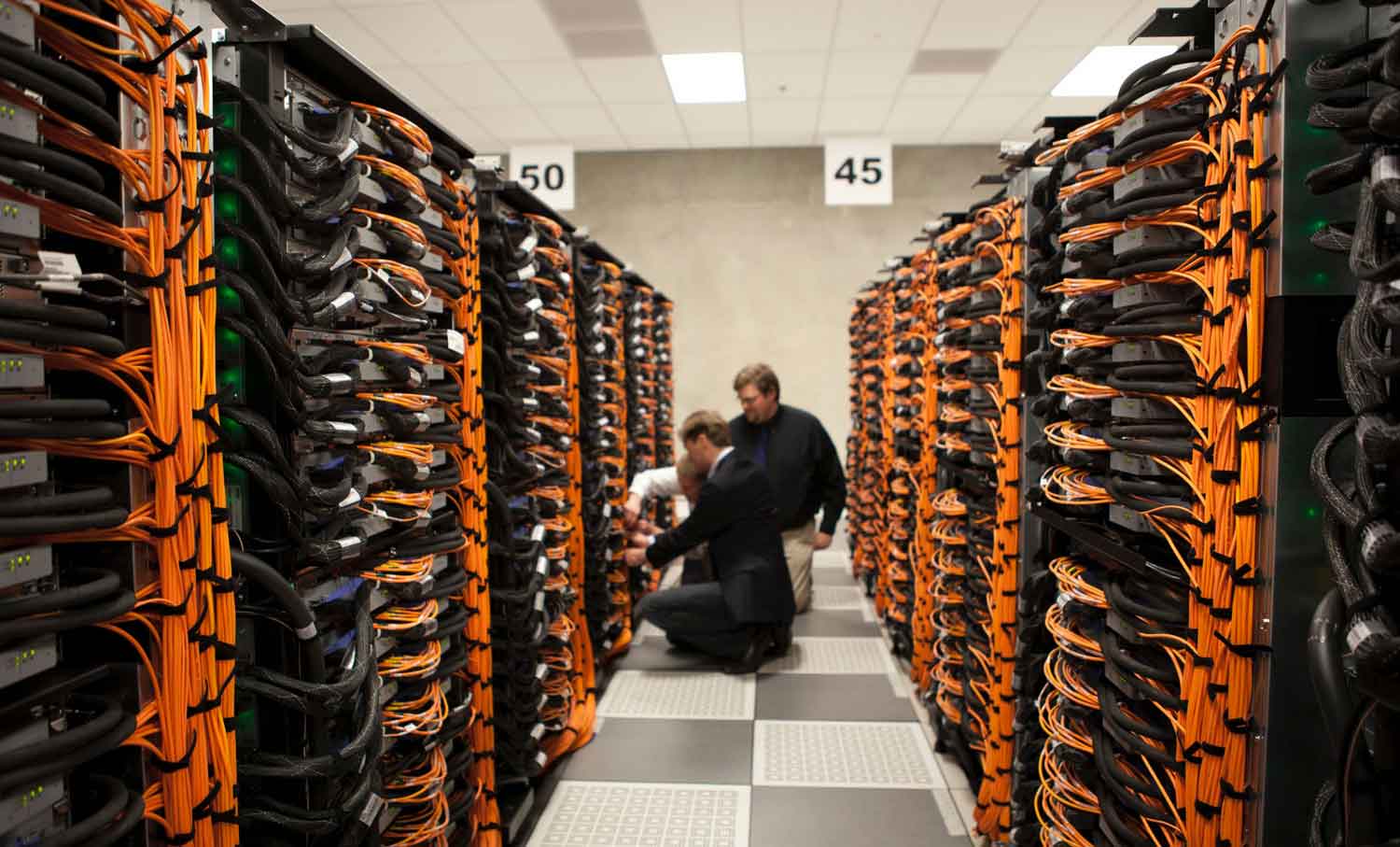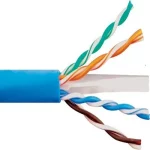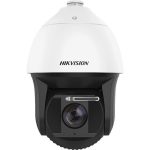Structured cabling is a term used in the telecommunications industry to describe a set of standardized protocols for how data and voice communication should be transmitted between devices. It’s important for businesses to have a well-designed and installed structured cabling system in order to have reliable and fast communication networks. Here’s everything you need to know about structured cabling.
What is structured cabling and why do you need it for your Business space?
Structured cabling is the integrated system of wiring and network infrastructure that links communications devices together in a business space. Horizontal cabling, data cabling, campus cabling, and fiber optic cabling are all essential components to achieving a fully-functioning structured cabling system. Without its implementation, your business would be unable to transport data or communicate internally between business units. Structured cabling is a major part of any company’s successful IT department; it ensures a uniform communication platform for reliable operations. In short, structured cabling ultimate increases productivity as well as security within your organization, allowing you to prioritize business operations with ease.
The different types of cables used in structured cabling systems
Structured cabling systems require the use of several different types of cables in order for the system to be set up correctly and work efficiently. This includes Cat5e or Cat6 Ethernet cables, which form the backbone of any structured cabling system. These are used to connect networking components throughout the structure. Additionally, coaxial cables can be used for transmitting data from one point to another, such as linking modems with TV outlets in a building. Lastly, fiber-optic cables may sometimes be included within a structured cabling setup; they are much more expensive than regular Ethernet and coaxial wires, but offer greater signal clarity over longer distances. By combining these three types of cables, professionals can create an effective structured cabling system that meets the needs of an organization.
How to choose the right cable for your needs
When selecting the right cable for your needs, there are a few basic considerations: Cat6 vs Cat6a, single mode vs multimode and plenum vs riser. Cat6 is the standard for 10G networks, however Cat6a provides increased performance and more shielded cabling for higher performance networks. Single mode cables are used with longer runs due to their larger core size, while multimode is typically limited to shorter range connections, as it has a much smaller core size. Plenum cables must always be used in spaces where plenum air flow or ducts are present, while non-plenum or “riser” rated cable is suitable for all other applications. Knowing which type of cable you need will help you choose the right cable for your situation.
The benefits of having a structured cabling system installed
Structured cabling systems allow for greater flexibility and scalability in network design. You’ll find that having this type of system installed offers a range of advantages, from improved cooling to increased reliability. Using components like patch panels, racks, and cable ties allows businesses to create organized networking solutions tailored to their exact needs. With its greater level of organization, structured cabling also ensures simpler maintenance and repair tasks when something goes wrong. The cost savings from investing in a structured cabling system far outweigh the initial investment; these systems make things easier for IT teams across many different types of businesses.
Tips for maintaining your structured cabling system
Keeping your structured cabling system in good condition can be an elusive task, but there are certain steps you can take to ensure that you are getting the most out of your system. One tip is to keep an updated list of every component in the cabling system and also document any changes made to it. This allows for easier troubleshooting as well as quickly resolving any issues that may arise from an outdated component or faulty connection. Regular inspections are also recommended; this helps ensure that all components remain working correctly and up-to-date. Lastly, although it’s tempting to make repairs and adjustments yourself, always consult a qualified technician when making substantial changes to the system – it’ll save you time, money and headache down the line.
Structured cabling is an important part of any home or office space. It provides a clean and organized way to manage your cables, saving you time and money in the long run. There are different types of cables used in structured cabling systems, each with their own purpose. Choosing the right cable for your needs is important to ensure that your system runs smoothly. Having a structured cabling system installed comes with many benefits, including improved aesthetics and increased efficiency. Tips for maintaining your structured cabling system include regular inspections and proper labeling. By following these tips, you can extend the life of your system and keep it looking its best.





